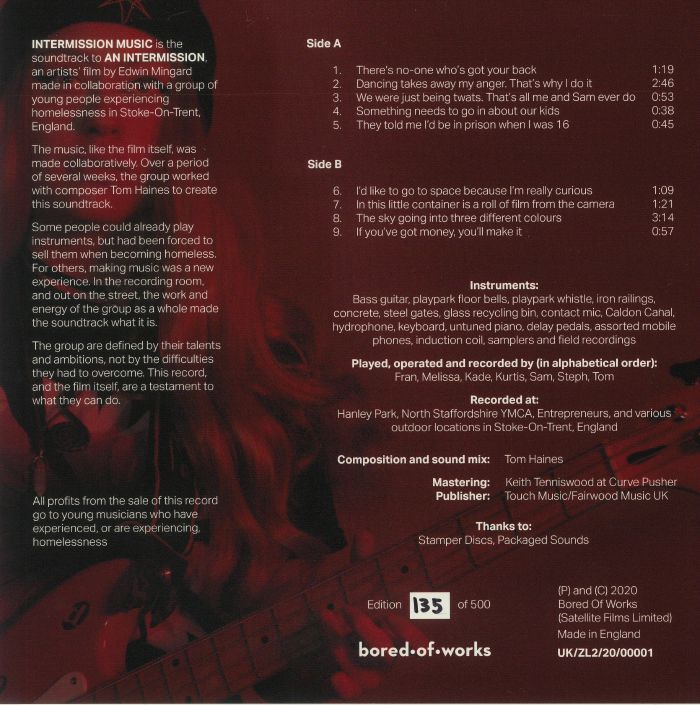
What Kubrick did that was radical was to bridge the gap between experimental non-narrative film and the traditional plot-driven film – or more, to assimilate and transcend the limitations of both extremes. The narrative structure is not like any other film of the time – it may be argued that it compares more with silent films on some levels, both aesthetically and audio/visually – in fact, 2001 dared to break from the post-silent cinematic tradition of telling a story largely through words. The film being so predominantly visual, the role of the music becomes essentially intrinsic to its overall form. “One was asked to experience it like a piece of sculpture, before one tried to understand it” (Walker, 1973: 242). It is also a meditation on the paradox of civilization and dehumanisation lots of questions are raised regarding metaphysics, theology, cosmology, the impact of technology on man’s consciousness, and his role in the universe of space and time. It covers 4 million years, from the opening scene ‘The Dawn of Man’ in the Pleistocene era to the space technology of the 21st century. Because of the predominantly audio-visual nature and minimal dialogue, the narrative structure and plot had to be detailed more than would normally be necessary.Ģ001 is a meditation on the question of extraterrestrial intervention and its influence on the process of human evolution, it is, in Kubrick’s words: a “mythological documentary” (Walker, 1973: 241). With this analysis, my strategies were to give an overview – a broad spectrum of opinion and insights – on Kubrick’s intentions the history and philosophy of film and film music and also the responses of critics and the public (or the responses implied by the related information). Now, 33 years later in the film’s projected year one can still refer to it as a masterpiece, part of its uniqueness owing somewhat to its novel use of classical music.

The film divided audiences over all aspects of mise-en-scène and narrative: dialogue, sets, use of technology, music – and silence – not to mention the ‘enigmatic’ ending.Įspecially in terms of a purely audio-visual experience, 2001 is still an important and highly influential film. In its day, 2001: A Space Odyssey was one of the most talked-about films.

It suggests that an understanding of these historical presentational practices might call into question comfortable assumptions about the nature of sound-film ontology and the relationship between cinema as "Text" and cinema as "Event"-issues that resonate with the discourse surrounding historically informed performance (HIP) practice in musicology.2001: A SPACE ODYSSEY – A CRITICAL ANALYSIS OF THE FILM It argues that such added music-which included overtures, intermission, entr’acte, and exit music-when combined with controlled theatrical lighting and use of the curtain, might have prompted a number of different cinematic listening experiences among audiences.


This chapter examines historical presentational practices of sound film and, specifically, the extra music added to roadshow versions of films between the 1930s and 1960s-including Gone with the Wind, West Side Story, It’s a Mad Mad Mad Mad World, and 2001: A Space Odyssey. The Oxford Handbook of Cinematic Listening. Historical sound-film presentation and the closed-curtain roadshow overture.


 0 kommentar(er)
0 kommentar(er)
